Optimal Timing for Waterproofing Applications
Waterproofing is a crucial process that protects structures from water intrusion, preventing damage and maintaining structural integrity. Proper timing of waterproofing applications can significantly enhance their effectiveness and longevity.
Spring offers moderate temperatures and low precipitation, making it ideal for waterproofing projects to ensure proper curing and adhesion.
Warm and dry summer months facilitate faster drying times and allow for multiple coats without weather interruptions.
Applying waterproofing in early fall can prepare structures for upcoming winter conditions, provided temperatures remain above freezing.
Winter temperatures often fall below the optimal range for waterproofing materials, risking poor adhesion and incomplete curing.
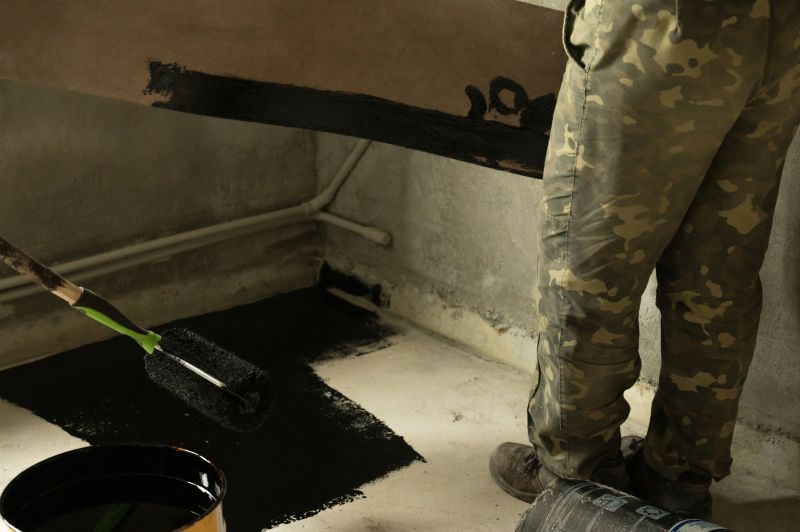
Ways to make Waterproofings work in tight or awkward layouts.
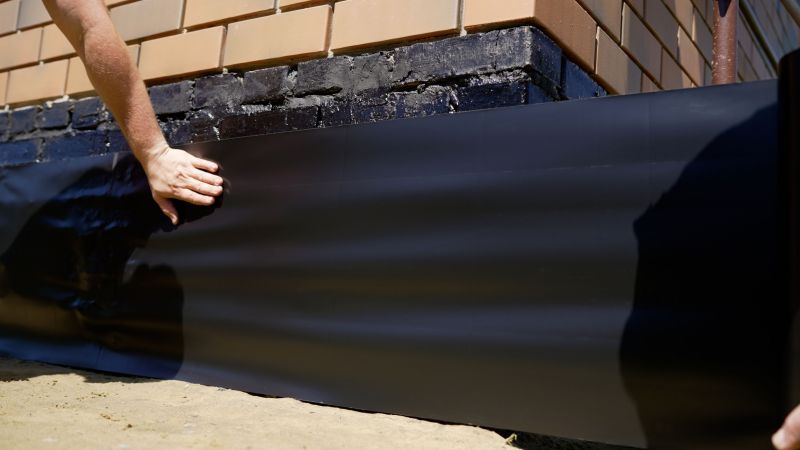
Popular materials for Waterproofings and why they hold up over time.
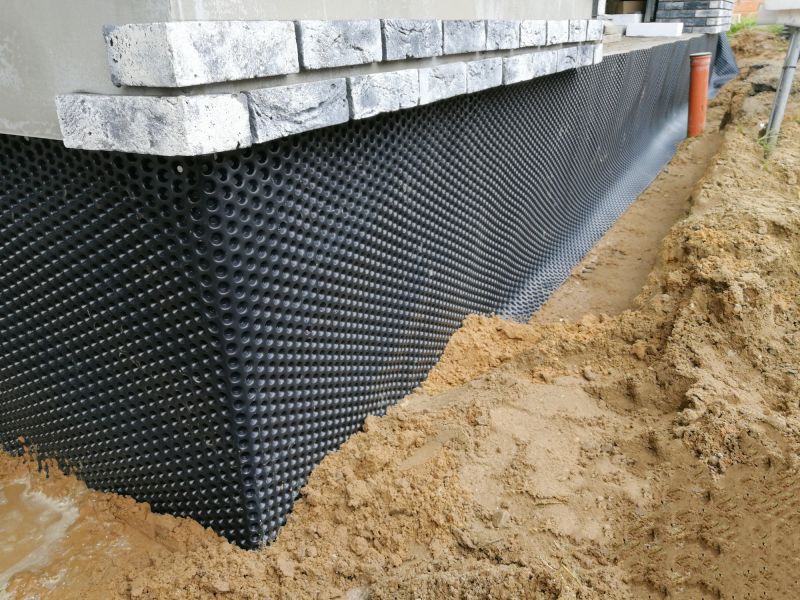
Simple add-ons that improve Waterproofings without blowing the budget.

High-end options that actually feel worth it for Waterproofings.

Finishes and colors that play nicely with Waterproofings.

Little measurements that prevent headaches on Waterproofings day.

A 60-second routine that keeps Waterproofings looking new.
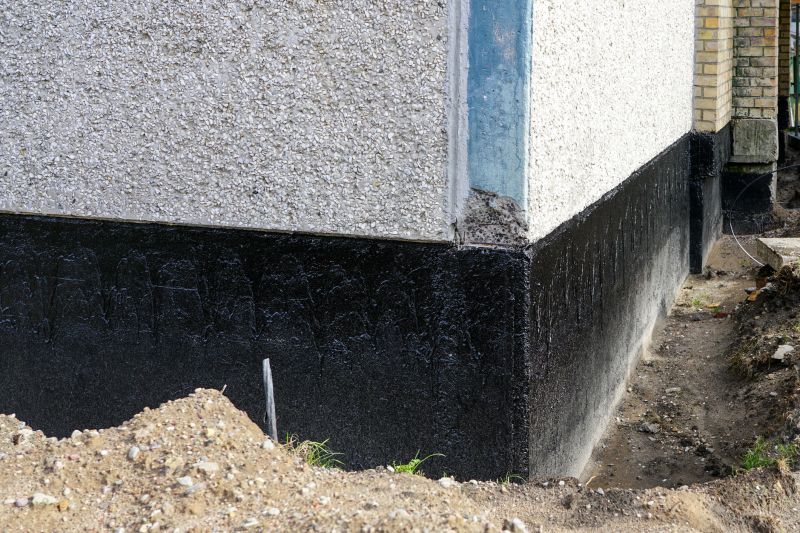
A frequent mistake in Waterproofings and how to dodge it.
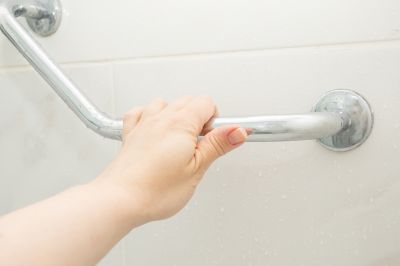
Small tweaks to make Waterproofings safer and easier to use.
| Season | Ideal Conditions |
|---|---|
| Spring | Moderate temperatures, low precipitation, good for curing |
| Summer | Warm, dry, fast drying times |
| Early Fall | Above freezing temperatures, preparation for winter |
| Winter | Not recommended due to cold, risk of poor adhesion |
Waterproofings involve the application of specialized membranes, coatings, or sealants designed to prevent water penetration in various structures. They are essential for foundations, roofs, basements, and balconies. Proper timing ensures these materials perform optimally, providing long-lasting protection against water damage.
Statistics indicate that waterproofing failures often occur when applications are done during unsuitable weather conditions. For example, applying waterproof coatings below recommended temperatures can reduce their effectiveness by up to 50%. Proper scheduling aligned with seasonal conditions can significantly extend the lifespan of waterproofing systems.

Lower-waste or water-saving choices for Waterproofings.
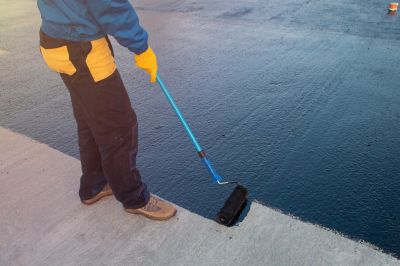
The short, realistic tool list for quality Waterproofings.
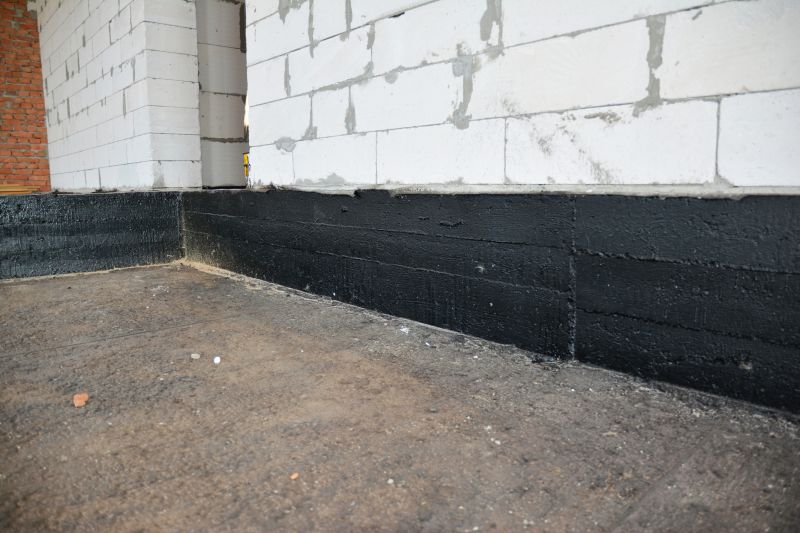
Rough timing from prep to clean-up for Waterproofings.
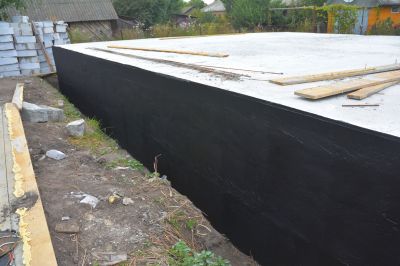
Quick checks and paperwork to keep after Waterproofings.
Interested in waterproofing services? Filling out the contact form can provide more information tailored to specific project needs and scheduling options.

